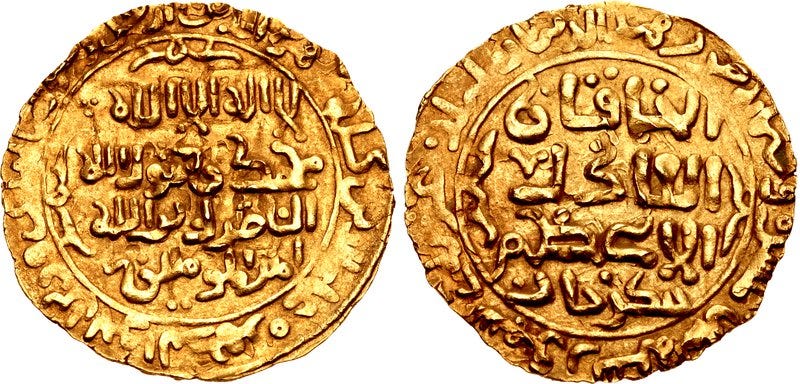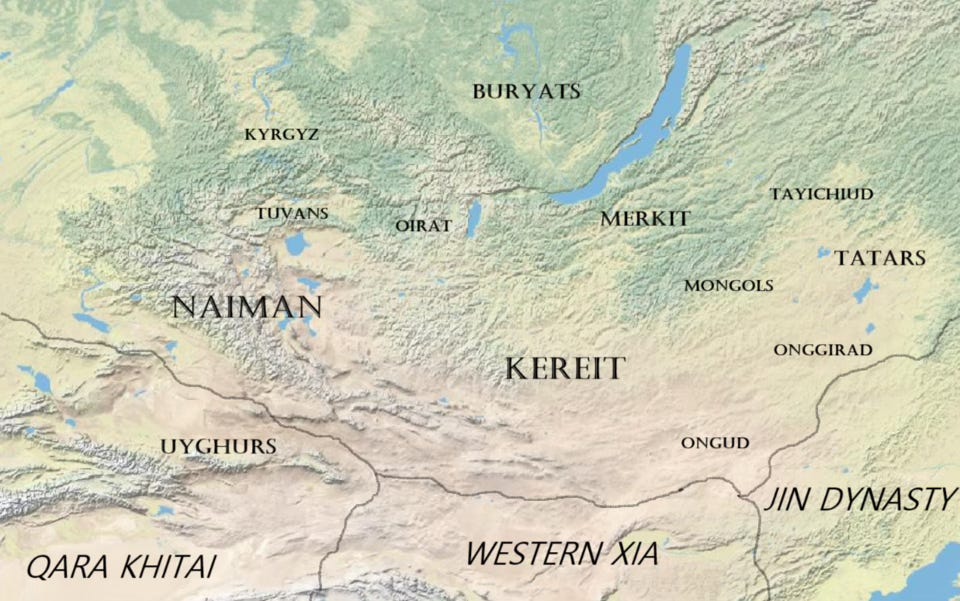Who was Borte and who were her People?
Beauty, Brains and Toughness = an Exception to the Established Order

Toward the end of my forthcoming novel about the rise of Temujin (Chinggis Khan) and Borte, Temujin mentions the “village of the brides.” The village of the brides refers to Borte’s tribe, the Onggirat, also spelled Khongirad, depending on the source of your information. The Ongirrat is the tribe from which the men of his own clan, the Borjigin Mongols, selected their wives.
When Temujin and his father, Yesugei, were searching for a bride for Temujin, nine years old, they traveled to the camps of the Onggirats. The Buskar, a clan belonging to the Onggirat nation, was Borte’s clan. The legend is told that upon first setting eyes on Borte, age ten, both Temujin and his father were taken with her and immediately sought the approval of her father. Temujin’s mother, Hoelun, according to Jack Weatherford in his book “Secret History of the Mongol Queens,” also hailed from the Onggirat. Hoelun belonged to the Olkhonud clan.
The steppe-forest tribes of the late twelfth century were comprised of dozens of warring factions. Blood feuds and kidnapping were prime strategies of gaining and holding power over weaker neighbors. But the Ongirrat nation was an exception to this violent social order.
Borte’s father, Dei Sechen, expressed the unique Onggirat dynamics this way: whereas other tribes depended upon the strength and force of their warrior sons for protection, the Ongirrat women employed their beauty and intelligence to attract the mightiest, most powerful chiefs as husbands who, in turn, acted as guardians to their wives’ people. Instead of relying on warfare, then, the Onggirat empowered their daughters to ensure the security of their tribes through more peaceful means. Bedroom diplomacy, it might be termed.

Having been brought up with the value of service to the nation and possessing the skills to rule the tribe during her husband’s long wartime absences, Borte raised her own daughters accordingly. When Temujin arranged his daughters’ marriages and sent them to the lands of their husbands, it was expected they would carry out the duties for which they were trained from childhood - to serve, to lead and to rule. I touched on this phenomenon in a previous column that featured one of Temujin and Borte’s daughters, Checheyigan, as a young bride sent to rule her new husband’s people. As Jack Weatherford quotes Borte’s father: “from ancient time, the Khongirad (Onggirat) people have queens as our shields.”
The steppe Mongols were known as perhaps the greatest horse archers in history. They used these and other tactics in their quest for world dominance. But in their distant forays, they engaged in war secure in the knowledge that at home, their queens of beauty, strength and intelligence were well equipped to face the challenges of home rule and keep their burgeoning nations secure and intact.


I love the way your book portrays women. I had no idea about how critical women were in the Mongol empire.
Dang! Borte is a gorgeous, cunning diva from the age of ten. I'm going to love this book. I can tell already. Long live the queen!